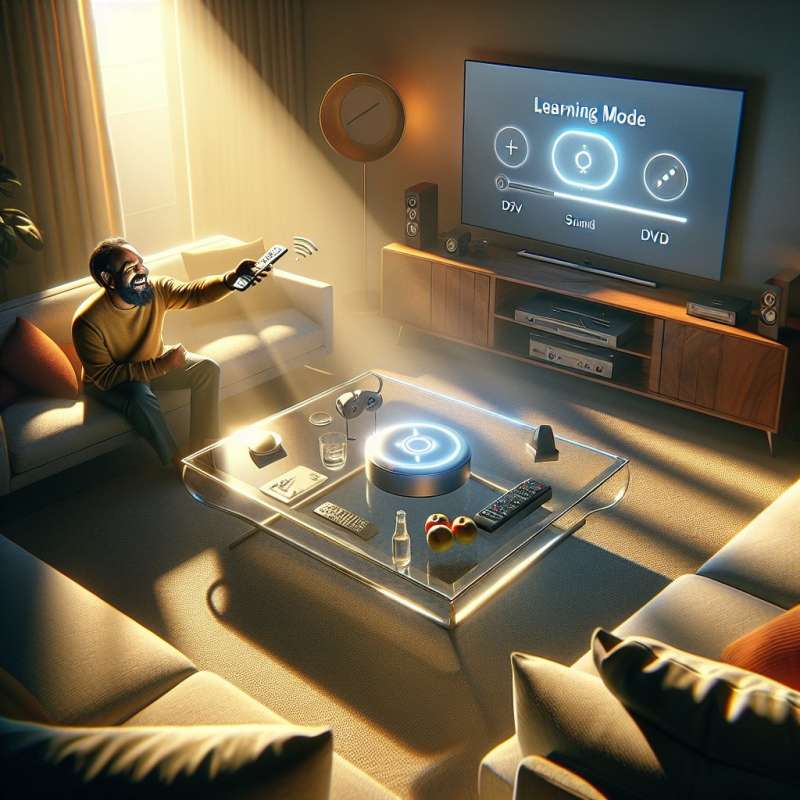
Introduction to Universal Remotes
Universal remote controls consolidate command functions from multiple devices. They replace individual remotes, promising a clutter-free, simplified user experience with advanced connectivity technology.
Infrared Signals Explained
Traditional remotes use infrared (IR) signals to communicate. Each button press sends a specific IR code, understood by the corresponding device, though it requires a clear line of sight.
Programming Your Remote
Universal remotes can be programmed manually via codes or automatically through a 'learning' feature. They store codes for various devices, allowing seamless control over your home electronics.
Radio Frequency and Bluetooth
Advanced remotes also use radio frequency (RF) or Bluetooth, which unlike IR, don't require line of sight. They can control devices through walls or within cabinets.
Smart Home Integration
Modern universal remotes integrate with smart home systems, enabling voice commands and automation. They can control lights, thermostats, and even window shades, becoming true home management tools.
Universal Remote Challenges
Despite their convenience, universal remotes can be complex to set up. Compatibility issues may arise, and they sometimes can't replicate every function of the original remote.
The Future of Remote Control
Emerging technologies suggest the universal remote's future may involve gesture control, touch screens, or even AI personal assistants, further transforming our interaction with home devices.
What do universal remotes primarily aim to replace?
Multiple individual device remotes
Infrared signal technology
Smart home devices
Company